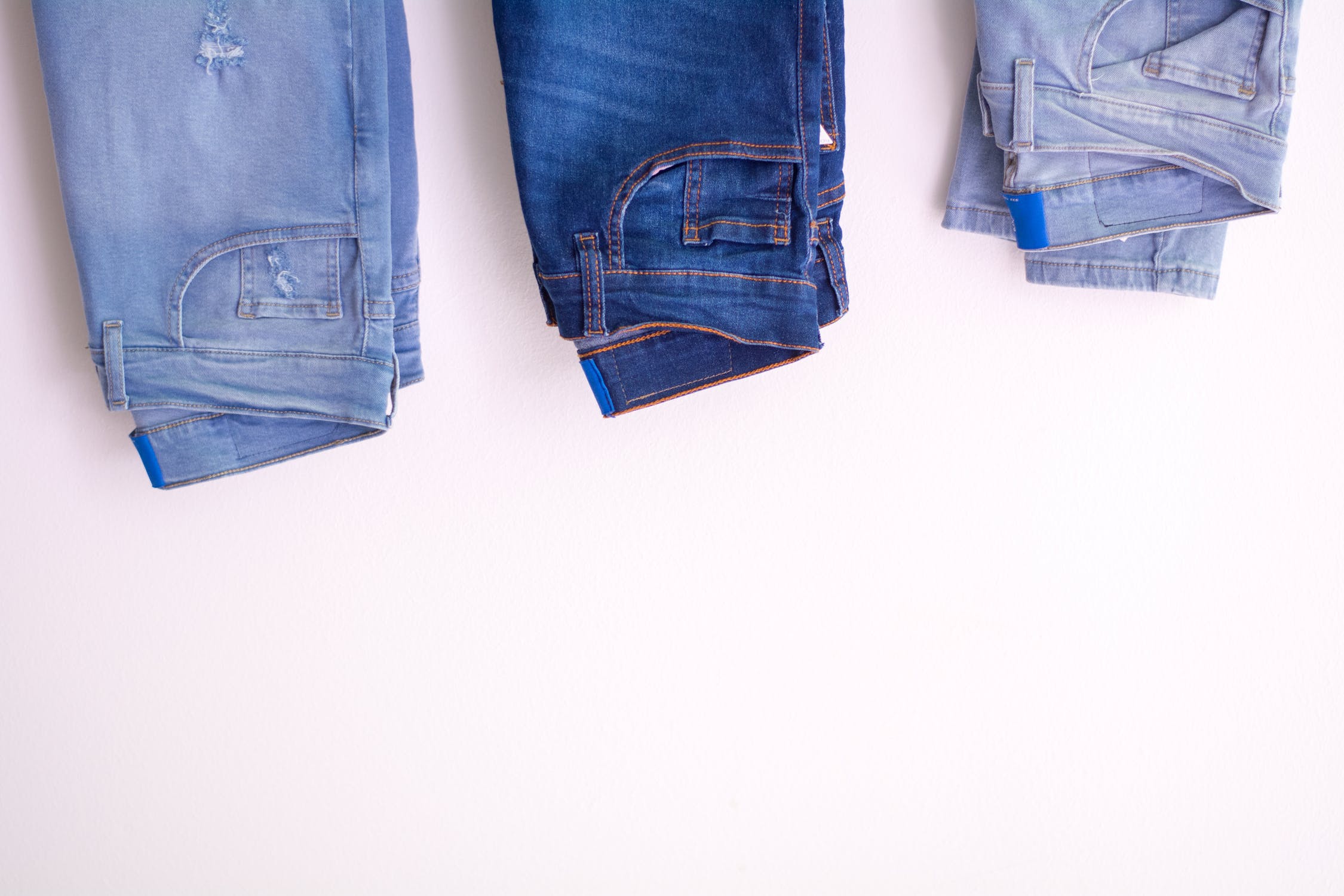
Less Than 1% of the Material in Clothing is Recycled into New Garments
Most garments that are recycled are down-cycled.
The biggest issue holding garment-to-garment recycling back is fibre quality, fibres are damaged during both wearing and washing.
You can’t take a well-used T-shirt, mechanically tear it apart and then make the fibres into a new one, because they have lost so much fibre quality that the garment will not be of enough quality to fit into the market.
Most of the recycling that can turn fibers back into fabric requires that the feedstock is based on mono-material.

One option is to mix mechanically recycled fibres in with virgin fibres.
Another possibility is to chemically break fibres down into their chemical building blocks and then rebuild them into new fibres with indistinguishable characteristics than virgin fibres.
Only with a chemical approach we can get the raw materials back and close the loop on textile recycling.
Levi’s and H&M just launched clothes that are made of secondhand jeans, through a process of chemically breaking down cotton and turning it into a new fiber.
Retrieving 50,000 pounds of cotton denim required sifting through one million pounds of jeans.
Trending
-
1 How IoT is Revolutionizing Sustainability: A Brighter Future Beckons
Susanna Koelblin -
2 How The Water Treatment And Desalination Will Change The Environment For The Better
Daniel Hall -
3 How Intermediate Bulk Containers Enhance Environmental Sustainability
Daniel Hall -
4 Hybrid Cars and Their Key Benefits
Susanna Koelblin -
5 UK Faces Wettest July in Recent Memory
Daniel Hall





Comments